

| La décision de la Nouvelle-Zélande et du petit état insulaire de Nauru d'accueillir les 460 réfugiés afghans du porte-conteneurs norvégien offre une porte de sortie diplomatique à l' " affaire du Tampa " (voir page Tampa). | 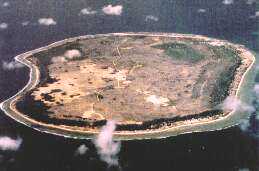 |
|
* La surprise de la " proposition " de Nauru
3 septembre 2001, BBCnews
Pacific states step into the breach
http://news.bbc.co.uk/1/hi/world/asia-pacific/1520388.stm
" The decision of New Zealand and the tiny Pacific island nation of Nauru to take the 460 Afghan refugees from the Norwegian freighter, the MV Tampa, provides a diplomatic solution to the stand-off.
But the involvement of Nauru is surprising. With a population
of about 11,000 living on an island of just 21 square kilometres, the arrival
of the remaining 310 asylum seekers will be the equivalent of about a million
refugees flying into Australia. Lying almost on the equator, Nauru is north
of Fiji and east of the Solomon Islands. But it is far from being a tropical
paradise. In 1899 a British prospecting company discovered that Nauru was
nearly solid phosphate. Since then, phosphate mining has devastated the
environment. Nauru's 'topside' is a barren landscape of gouged earth inhabited
by packs of wild dogs. Mining made the islanders the richest people in the
Pacific. Homes contain all the mod-cons, from cars to televisions and satellite
dishes. But its phosphate is now all but exhausted. Historically, Nauru's
resources made it a coveted political prize. The island was invaded by Germany
in 1888, then wrested away by Australia at the beginning of World War I.
Japan conquered it in 1942 and Australia retrieved it after the war ended.
Nauru earned full independence in 1968, when it was accorded special member
status of the Commonwealth. English is the official language, but Nauruan,
which contains elements of Melanesian, Polynesian and Micronesian, is also
spoken.
…
. It is now notorious as a money laundering centre for the Russian mafia.
The island is not self-sufficient. Nauru depends on imports for its food
and water. There is little spare accommodation and no natural port where
ships can dock. For the refugees, life on Nauru is likely to be far from
pleasant.
… "
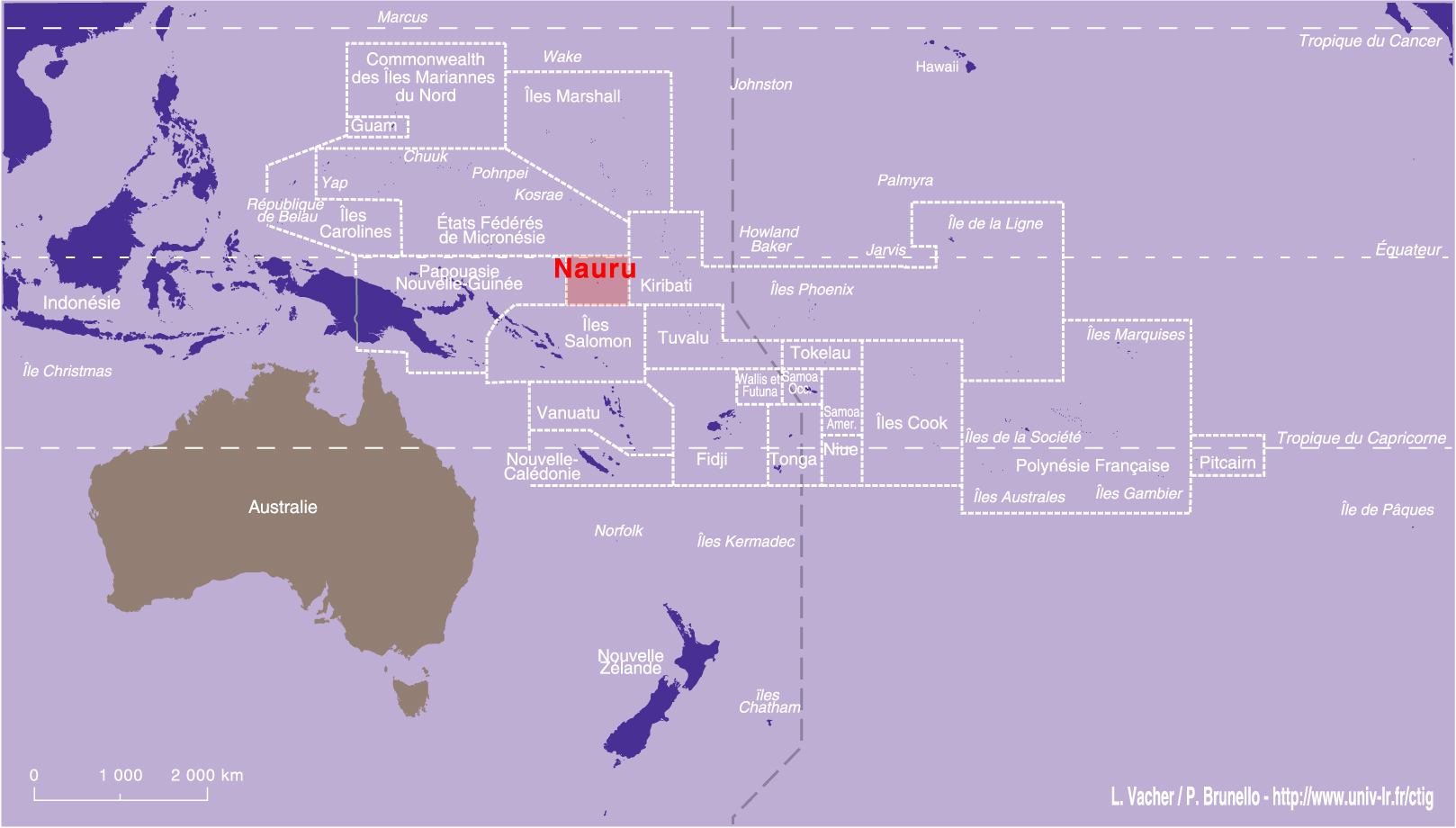 |
||
|
Une carte de localisation de Nauru réalisée au CTIG de l'Université de La Rochelle pour "australie.recherche.fr". |
11 septembre 2001, Associated Press, par le
site canadien " cyberpress.ca " (article et photos)
Nauru prête à accueillir d'autres réfugiés
http://www.cyberpresse.ca/reseau/monde/0109/mon_101090013125.html
" Le gouvernement du petit atoll de Nauru, dans le Pacifique, a affirmé hier qu'il accepterait des centaines d'autres réfugiés refusés par l'Australie. Cette dernière tente ainsi de contrer l'immigration clandestine.
| …, les préparatifs étaient toujours en cours afin d'accueillir les quelque 500 réfugiés afghans attendus au plus tôt pour aujourd'hui. Ils seront logés dans des appartements construits à l'origine pour les compétiteurs des championnats du monde d'haltérophilie, prévus en début d'année. Les appartements n'avaient finalement jamais été utilisés: le tournoi avait été transféré dans une autre île du Pacifique, Guam, en raison du manque d'infrastructures à Nauru. | ||
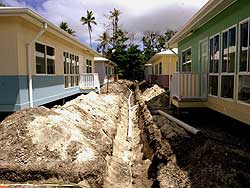 |
||
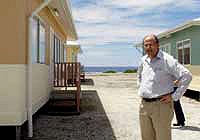 |
|
Les réfugiés sont partis en début
de semaine dernière (semaine du 3 au 9 septembre 2001) à bord
d'un transport de troupes en direction de la Papouasie-Nouvelle-Guinée,
avant de rejoindre Nauru. En retour, le gouvernement de Canberra s'est notamment
engagé à leur fournir d'avantage de carburant et à
doubler le nombre de bourses éducatives et sportives qu'elle octroie
aux résidents de Nauru. Les dettes dues par les habitants de l'île
aux hôpitaux australiens seront par ailleurs effacées. Cet
accord a été signé après une courte visite dans
l'île du ministre australien de la Défense Peter Reith, qui
a rencontré le président de Nauru, René Harris. Canberra
soutient déjà l'économie fragile de l'île située
à 2000km au nord-est de l'Australie.
… "
20 septembre 2001, BBC News
Asylum seekers angry and fearful
http://news.bbc.co.uk/1/hi/world/asia-pacific/1553918.stm
" Afghan asylum seekers on the Pacific island of
Nauru have been speaking of their anger at their treatment by the Australian
Government and their fears of being forced to return home. The refugees
are among a group of 433 who were refused entry to Australia earlier this
month and then transported thousands of miles on board the troopship HMAS
Manoora.
…
Their case is expected to go to Australia's High Court next week after a
Melbourne-based lawyer said he would challenge an appeal court ruling this
week which backed the government's claims that it had the right to prevent
illegal immigrants from entering Australia. A group of 119 Afghans and Sri
Lankans left the troopship on Thursday to join about 80 others in a temporary
camp in the centre of Nauru. A separate group of 230, mainly Iraqi refugees,
rescued from a sinking boat, have been refusing to leave the Manoora. They
are demanding to be taken to Australia.
…
Australia agreed earlier this month to pay Nauru about $10m to house more
than 500 of the asylum seekers while their claims are processed by officials
from the United Nations refugee agency (UNHCR). About 150 remaining refugees
on board the Manoora will be flown to New Zealand for processing. A UNHCR
spokeswoman said it would take several weeks to consider all the asylum
applications. It is not clear what will happen to the refugees afterwards,
whether they are rejected or accepted. "
…"
6 décembre 2001, BBC News
Australia's offshore camps are 'hellish'
http://news.bbc.co.uk/1/hi/world/asia-pacific/1695930.stm
" Australia's policy of paying Pacific nations to take in unwanted boat people has been condemned as cruel and demeaning. A former top United Nations official, John Pace, said in a report put together for Amnesty International that asylum seekers sent to the tiny island of Nauru were showing signs of post-traumatic stress including nervousness and aggression. Australia has taken an increasingly tough line on migrants trying to enter the country illegally and refuses to let them land.
It is paying Nauru $10m to house hundreds of asylum seekers in makeshift camps while their claims are processed. "The camps are hellish, Dante-like," said Mr Pace after visiting Nauru, an island left barren following years of phosphate mining. "It's a lunar landscape ... it's devastated," Mr Pace said. But Australia's Immigration Minster Philip Ruddock told the BBC the policy was succeeding in fighting "insidious people trafficking.
"If you look at what we were faced with ... the
fact is that these numbers are down and they're down very significantly,"
he told the BBC's East Asia Today programme.
"We haven't had a boat arrival now for one month."
Australia has been widely condemned for its asylum policy.
Last month the head of the United Nations refugee agency, Ruud Lubbers,
said Australia had resorted to "the law of the jungle". But the
policy is hugely popular with the Australian public, which elected Prime
Minister John Howard to a third term in office last month on the back of
it.
…"
* La Nouvelle-Zélande : plus ouverte que l'Australie, plus évidente que Nauru.
3 septembre 2001, BBCnews
Pacific states step into the breach
http://news.bbc.co.uk/1/hi/world/asia-pacific/1520388.stm
" … New Zealand's offered to help solve the crisis over the refugees stranded on the Tampa is less surprising. With its 3.8 million people and 269,000 square kilometres, it already has an established refugee programme.New Zealand's Prime Minister, Helen Clark, says she wants to offer both humanitarian assistance and support Australian efforts to stem the flow of illegal immigration. "
Le site du gouvernement Néo-Zélandais
http://www.govt.nz/en/home/
Voir aussi page
la " solution pacifique "
Statistics New Zealand permet de voir l'importance
et l'origine des personnes nées outremer dans la population néo-zélandaise
au recensement de 2001.
http://www.stats.govt.nz/domino/external/web/prod_serv.nsf/htmldocs/Population
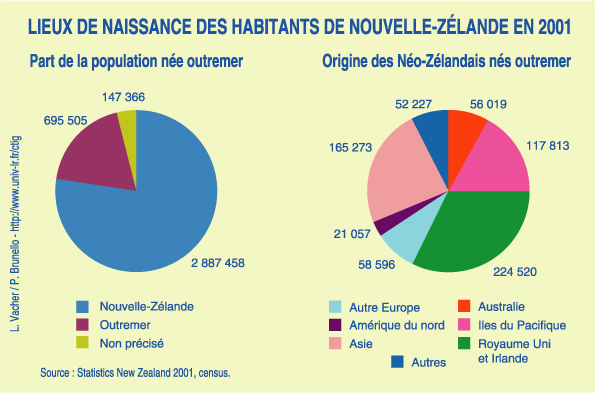 |
||
* A quoi ressemble Nauru ?
Nauru est une île où le phosphate est exploité depuis 1900. Cette ressource a fait la richesse de l'île et lui a permis de devenir un état indépendant en 1968. Aujourd'hui l'exploitation est terminée et le futur de l'île présente de nombreuses incertitudes pour les Nauruans. En 1999 Nauru est devenu membre des Nations Unis.
| Photographie aérienne disponible
sur le site Jane's Oceania Home Page de Jane Resture parmi de nombreux documents photographiques sur le Pacifique. http://www.janeresture.com/nauru_home/index.htm |
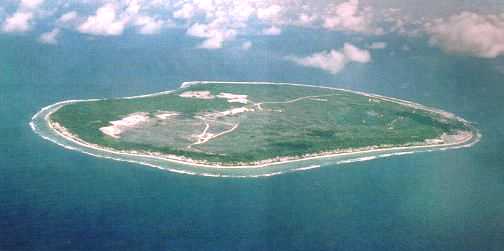 |
|
|
Une carte de Nauru avec la Perry-Castañeda Library de Austin (Texas) www.lib.utexas.edu/maps/australia.html 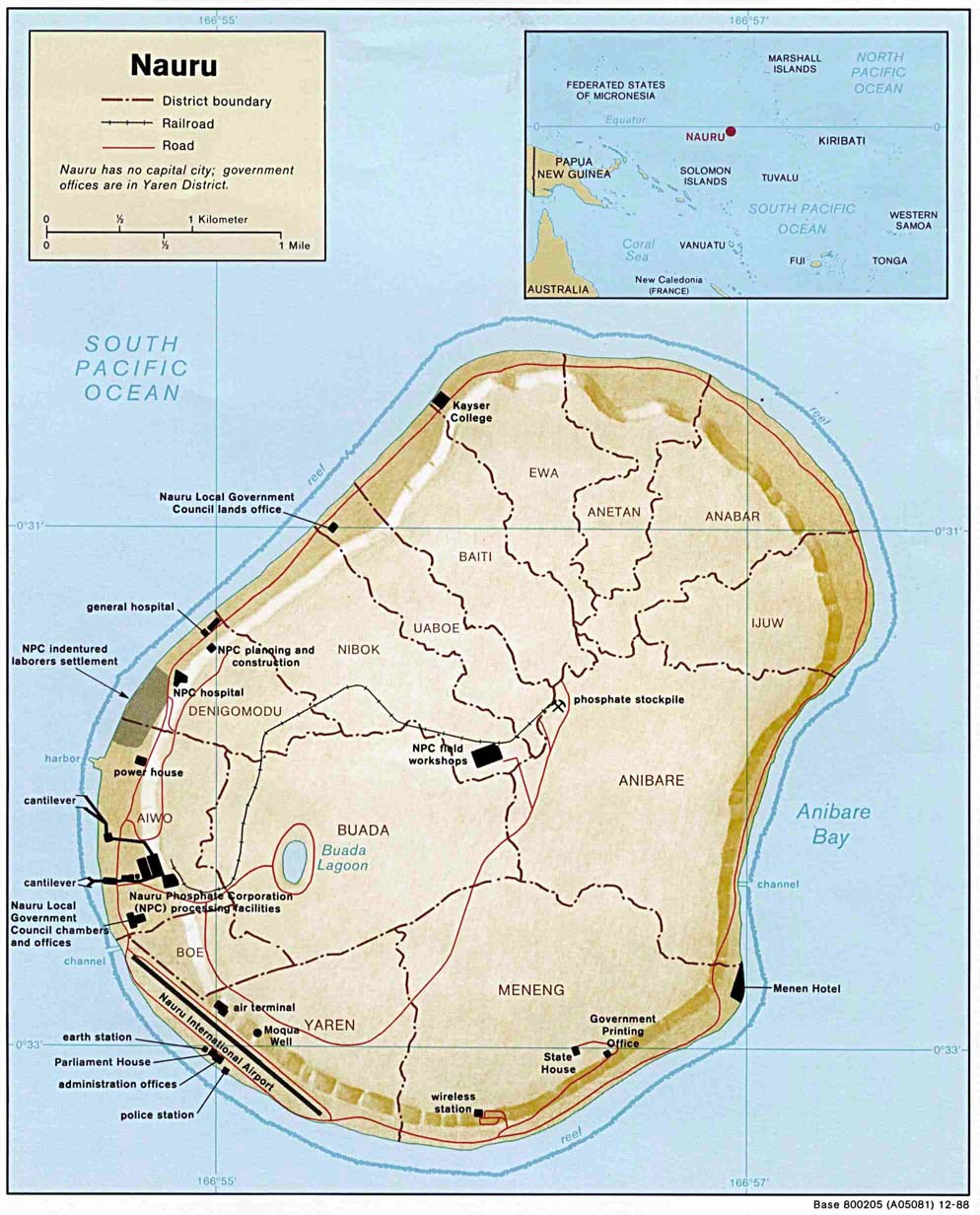 |
||
| Des photos actuelles de Nauru avec le site norvégien " Sydhav" http://www.sydhav.no/Nauru/horogse.htm |
 |
|
Pour une présentation détaillée de
Nauru voir, par exemple,
la Trade
and Environment Database (TED) de l'American
University
http://www.american.edu/TED/NAURU.HTM
ou le Department
of Geological Sciences de la Northwestern
University de Chicago
http://www.earth.nwu.edu/people/emile/nauru.html
Une chronologie des évènements clés
de l'histoire de Nauru avec la BBC
http://news.bbc.co.uk/1/hi/world/asia-pacific/1134774.stm
Page préparée par Luc Vacher (mise en ligne février 2003)